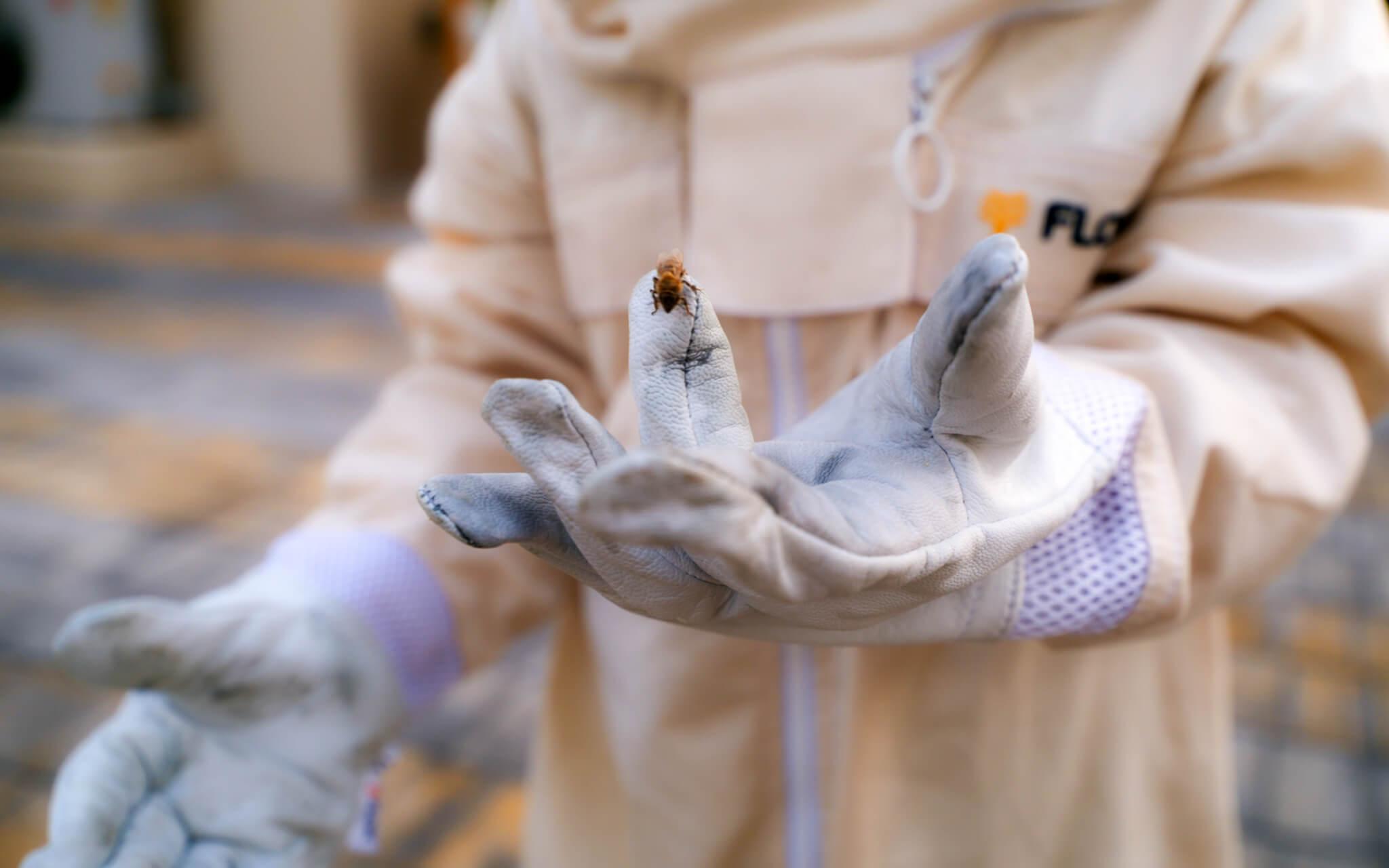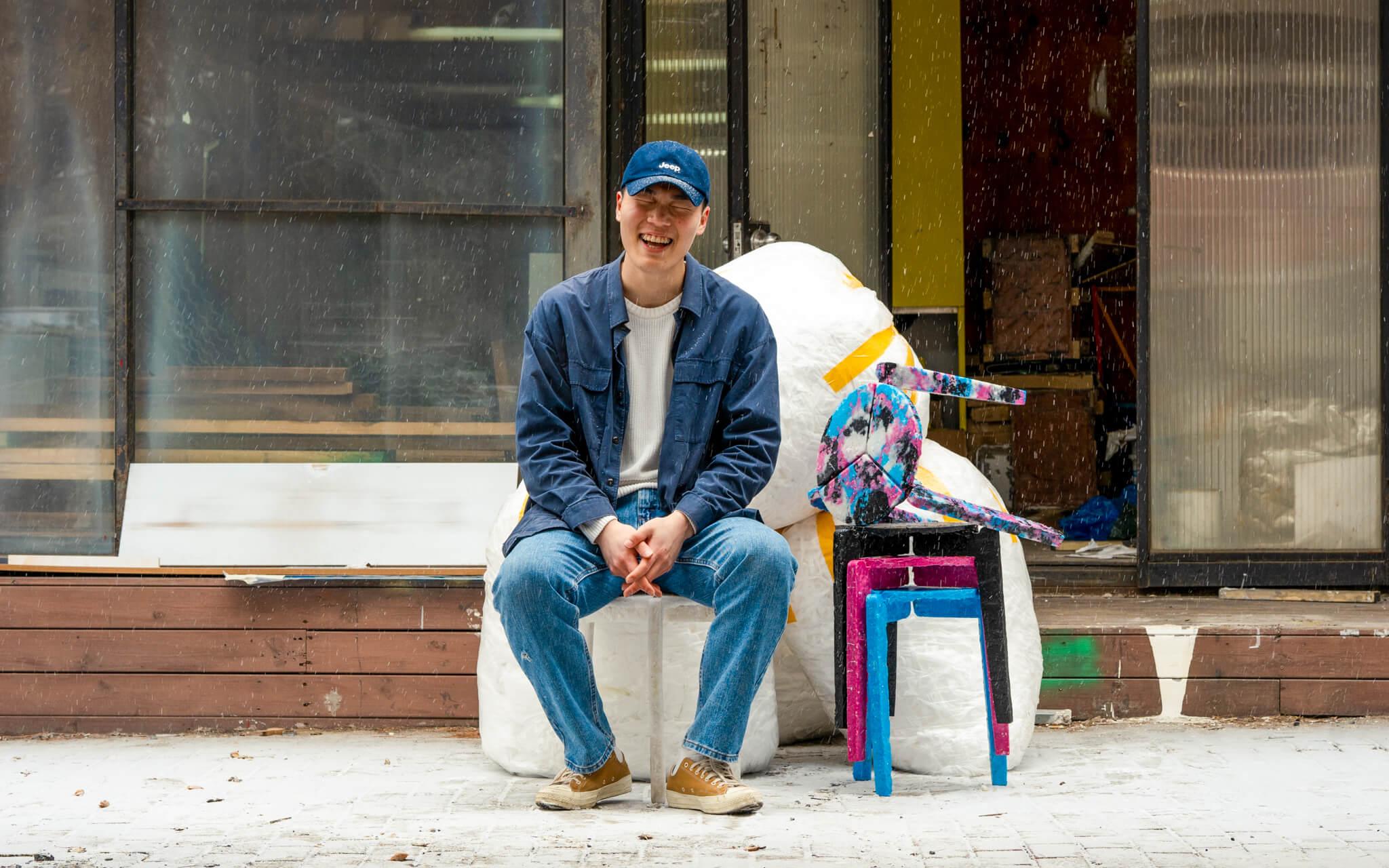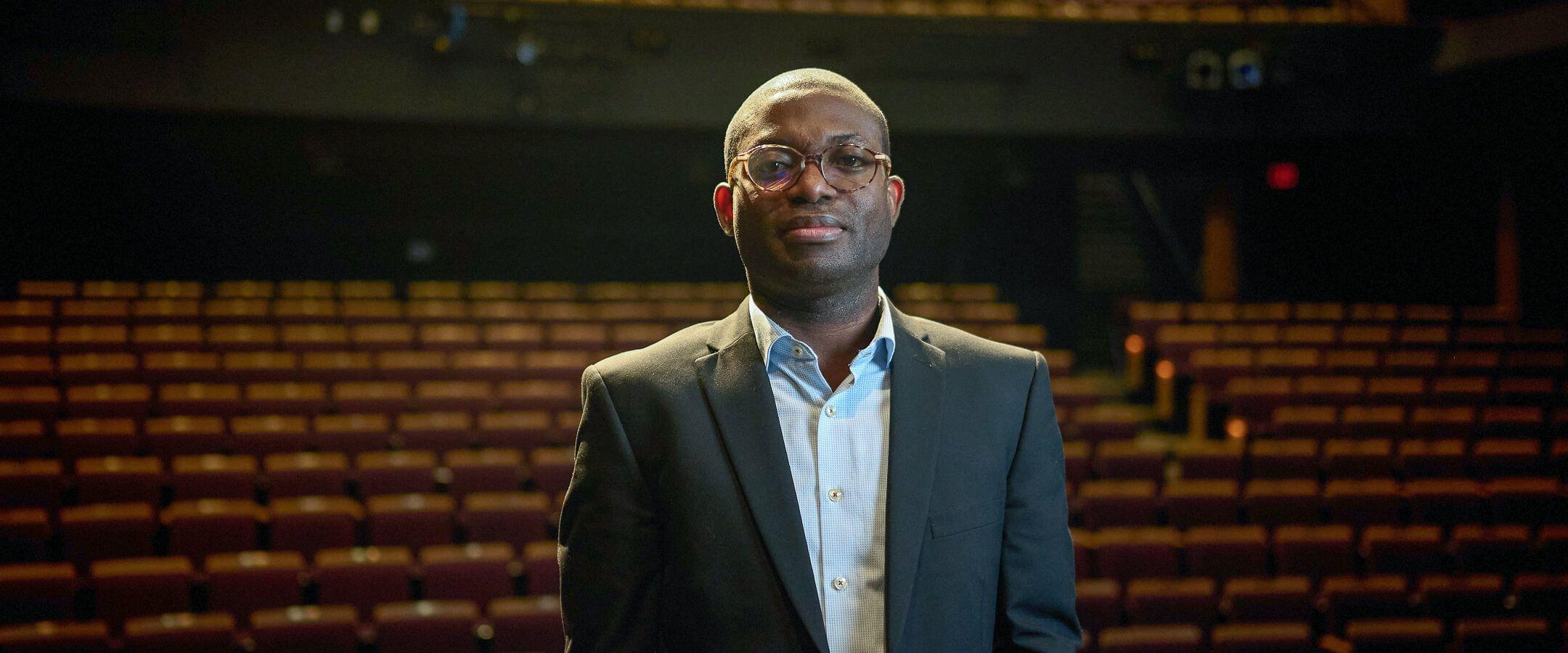Little Inventors, Big Ideas
What do GPS shoes, a reverse listening device, and an art gallery for dogs have in common? They're all the brainchild of Dominic Wilcox, the maverick artist and inventor harnessing children's imaginations to create mind-bending solutions for climate change.
"I shaved a patch on the back of my head and attached an on-off switch - it started some interesting conversations,” Dominic Wilcox shares with a chuckle, exemplifying the playful spirit that has defined his career.
Growing up in Sunderland, England, Dominic’s creative path was paved by two key figures: his supportive father, Derek, and his inspiring teacher, Charlie Holmes. "Charlie challenged me to conceive ideas and communicate them visually," he explains. "As a shy little boy, this opened up a whole new, exciting life.”
After studying at Edinburgh College of Art and the prestigious Royal College of Art in London, he found himself at a creative crossroads, struggling to find his niche in the art and design world.
A chance house swap in Berlin became a turning point. Idle days observing punk rockers play golf and frisbee in the park ignited his imagination, inspiring him to start variationsonnormal.com, a blog and gallery.
Picture this, a plush carpet woven entirely from welcome mats, Dominic’s art has always been playful and intriguing. Miniature figures perch atop the moving hands of timepieces, keyboards with only a single ESCAPE key in the center, mattresses shaped like a sleeping figure.
And then came an interesting commission from Cultural Spring to create a community project that would engage at least 200 people.
Dominic had a wild idea. “What would happen if you asked children to use their imagination to come up with invention ideas that solve problems and then to ask local makers to bring a selection of those ideas to life?”
His ever-curious approach sealed his position as ‘Chief Inventor’ at Little Inventors - taking children's most imaginative ideas seriously and bringing them to life. The project achieved remarkable success, with some inventions even finding a permanent home in London's Victoria and Albert Museum.
Imagine a cosy, family home, complete with a country garden and paddling pool, perched atop telescopic stilts with wheels. A transparent, shimmering dome envelops the entire structure. The ‘War Avoider Device’ by 11-year-old Charlotte embodies an empathy and awareness that belies her age. "It was a device that lifted homes out of war zones," Dominic explains, his eyes lighting up at the memory of Charlotte's creativity. Is it any wonder that a project designed to allow children the creative space to think up solutions to their problems, big or small, is now tackling Earth’s greatest challenge: climate change?
Little Inventors partnered with the Child Rights International Network (CRIN) and the Rights Studio to launch the Climate Champions Invention Challenge, a global initiative engaging children in environmental decision-making processes. In order to submit their work, young people learn about biodiversity, climate issues, and how they can save the planet.
"We received around 800 ideas from 27 countries," Dominic says with pride. The most inspiring solutions were selected and brought to life by a team of artists.
When you have fun, your mind relaxes, it becomes flexible – you can discover innovative, alternative ways of doing things.
Standout inventions included the "All-Weather Bike," which Dominic describes as "a capsule that sits on top of your bike, so you can keep dry in the rain”, and the "Park, Move and Recharge" concept, which proposed capturing the kinetic energy made by playground equipment to charge electric vehicles.
One of Dominic’s favourite inventions is the ‘Super Hat.’ “It was an invention that helped bees, butterflies, and birds. The hat was covered in flowers and sticks on the top—basically, a biodiversity hat in which wildlife can live."
These genius inventions are more than just display objects—they challenge inventors, engineers and creatives worldwide to think differently.
"The UN Sustainable Development Goals, well,” Dominic pauses, “can be a little dry.” (Agreed.)
"It's difficult to engage with them. Doing a creative project like this enables children, and adults to find a way into serious topics.”
A 2022 exhibition at the United Nations in Geneva showcased this questioning of ‘predictable’ adult thinking, bringing children’s ideas to the forefront of global discussions.
"The world faces so many serious challenges, it helps to have a bit more fun,” Dominic muses. “When you have fun, your mind relaxes, it becomes flexible – you can discover innovative, alternative ways of doing things."
Reflecting on the Climate Champions project, Dominic emphasises the importance of integrating children's perspectives into discussions about climate change. "I think young people are often more knowledgeable about the environment than adults, who tend to close their minds to engaging with the subject," he argues.
Dominic Wilcox’s journey from a shy boy in Sunderland to a global champion of children's creativity underscores the importance of nurturing imagination in tackling complex environmental challenges. His work with The Climate Champions Invention Challenge demonstrates that the most groundbreaking ideas often come from the most unexpected sources -- the limitless minds of children.
'I've been amazed by how informed and passionate kids are about the environment,' Dominic reflects. 'It's made me realise we need to take their ideas seriously - they're the ones who'll inherit this planet, after all.'"
Most Popular
The Climate Tribe delivers stories about Biodiversity and Conservation, Circular Economy, Food and Water , and how they intersect with climate.
Subscribe
Get the latest stories inspiring climate action around the globe straight to your inbox.






